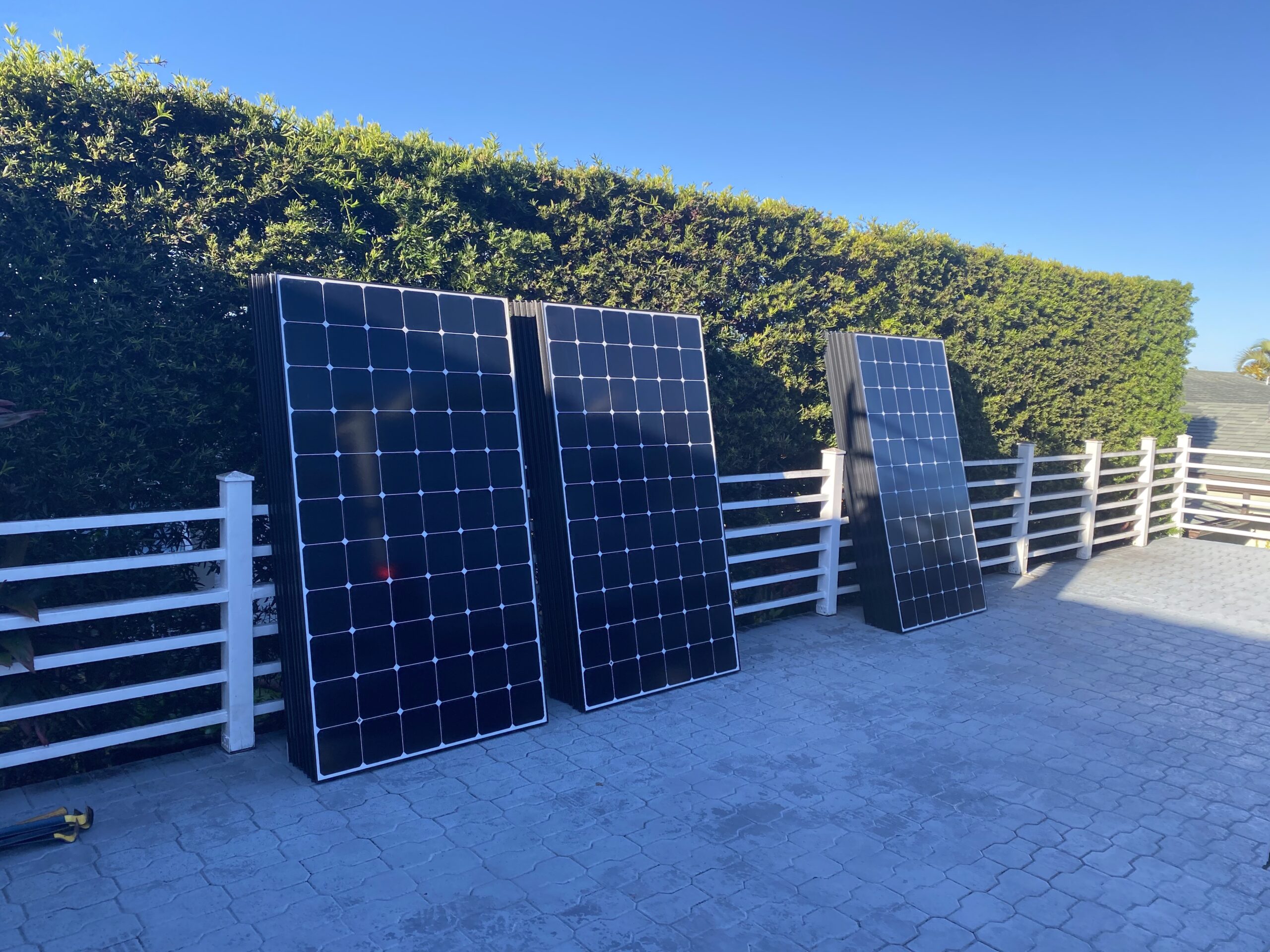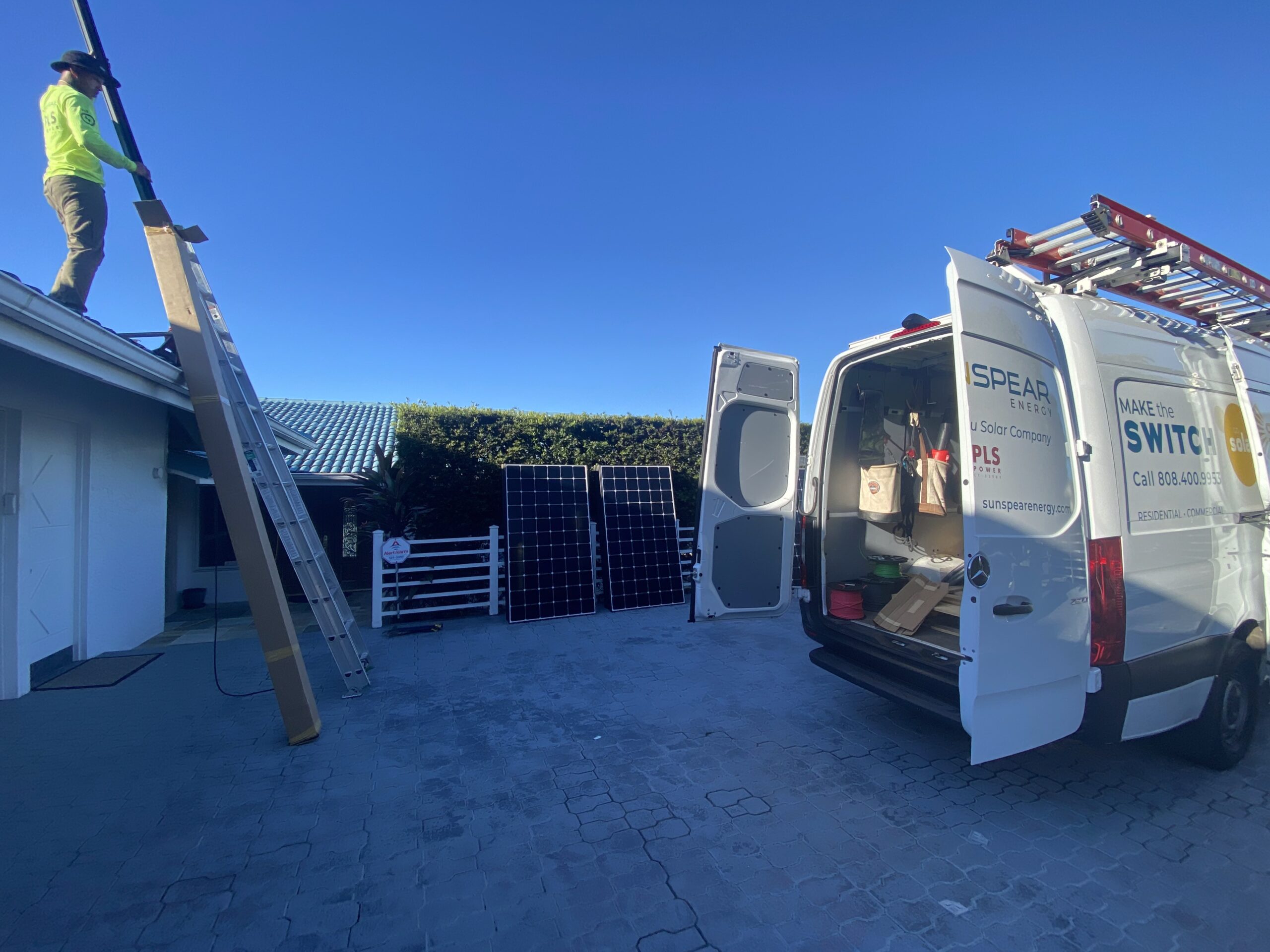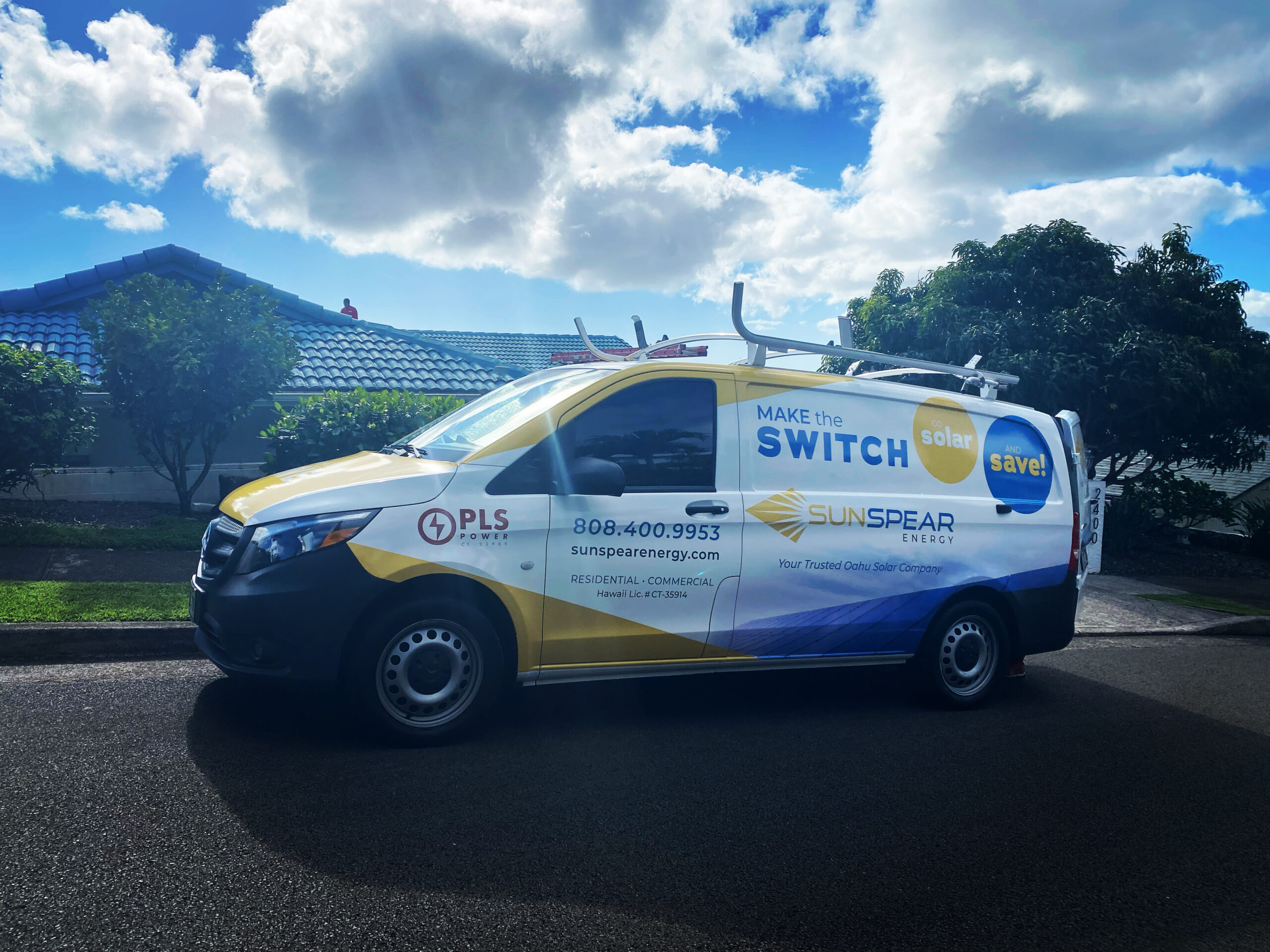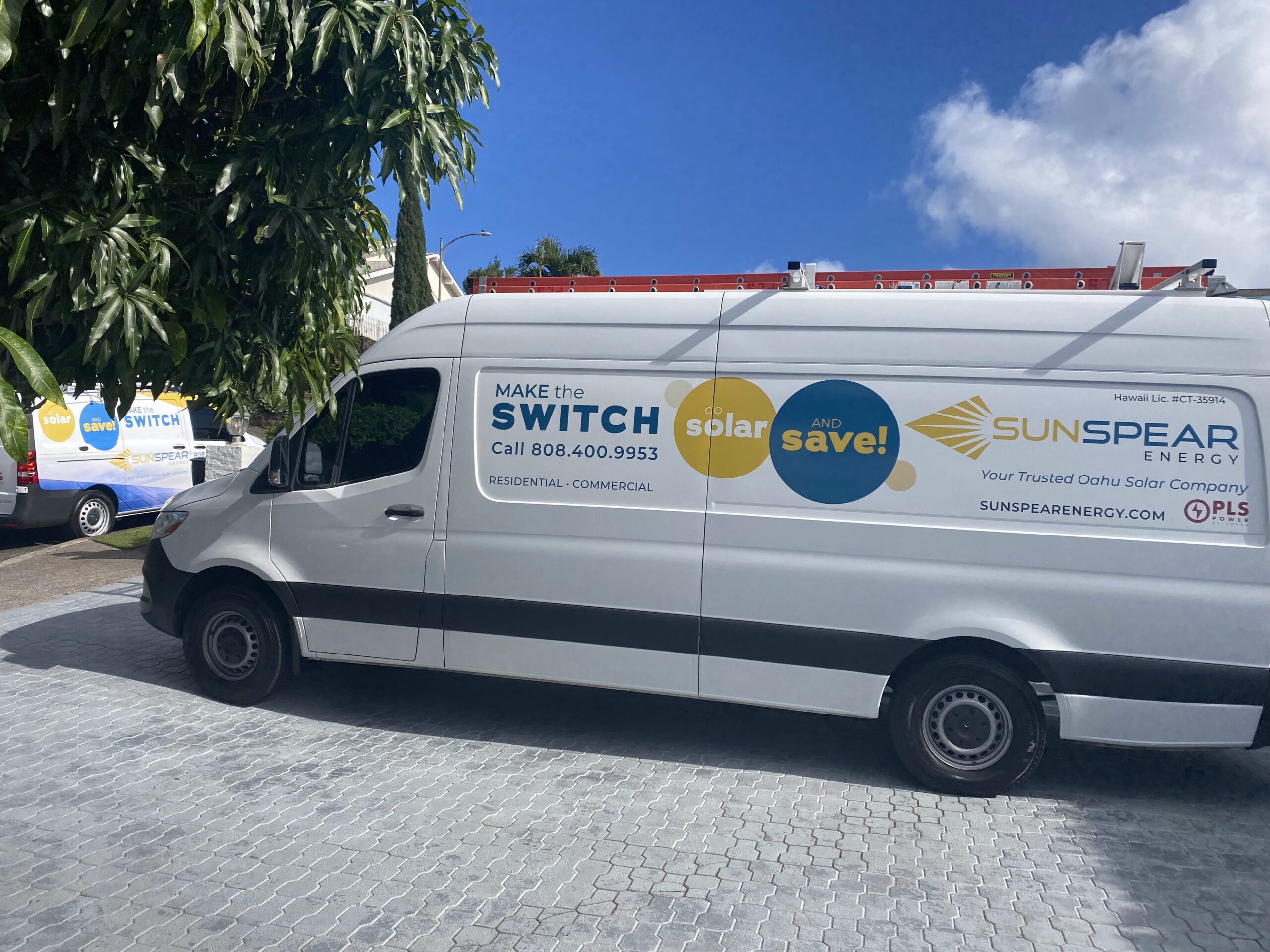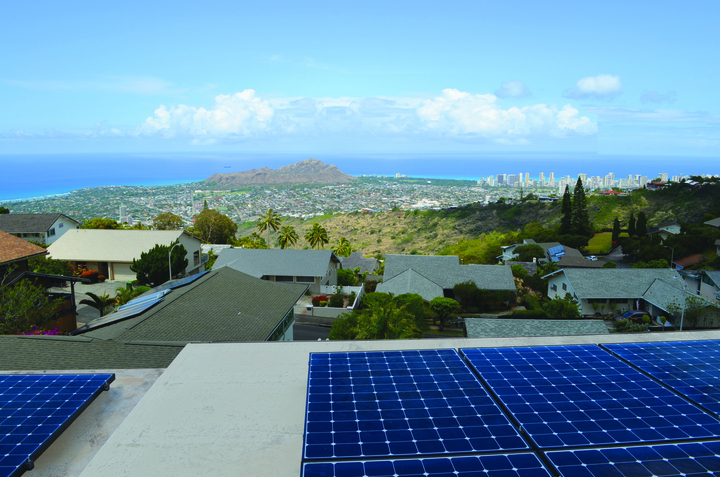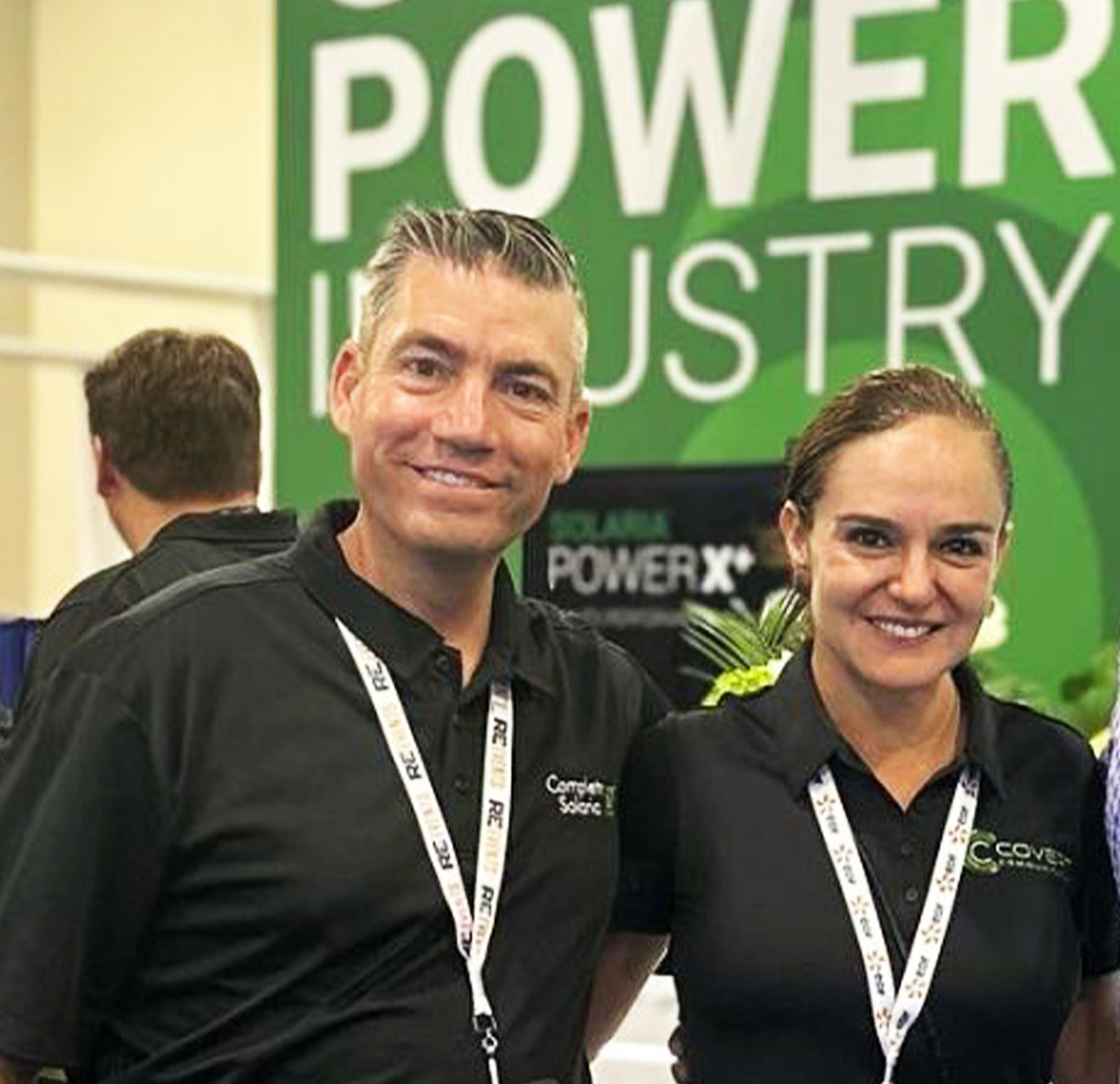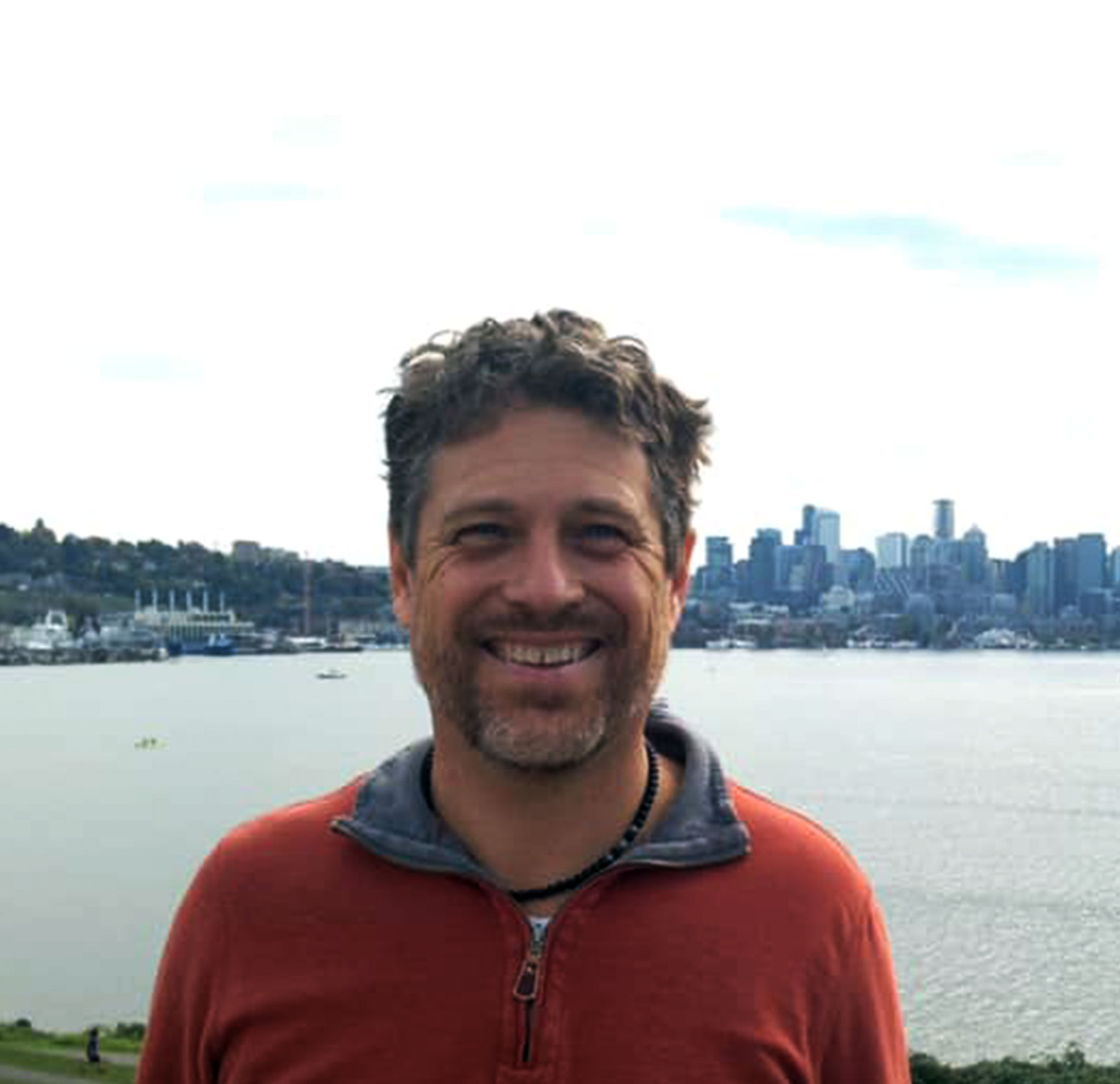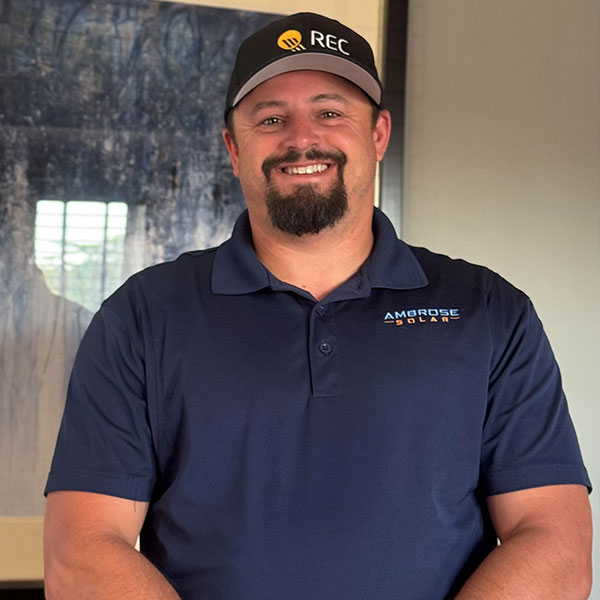What Hawaii’s Solar Market Teaches Us About Resilience, Innovation, and Building Smarter Solar Businesses—A Conversation with Gabriel Chong
If there’s one person in Hawaii’s solar industry I trust implicitly, it’s Gabriel Chong, Chief Engineer of Sunspear Energy. Gabriel wasn’t just the first licensed SunPower engineer in Hawaii—he also installed both of my home solar systems: one commissioned by my father before I even joined the industry and the second while I was working alongside Gabriel at Sunspear.
More than that, Gabriel was the person who taught me how to sell solar. He’s a master of both the technical and human sides of this business—sharp, humble, and relentlessly innovative. Whether it’s navigating post-NEM market shifts or pushing the boundaries of design and engineering, Gabriel has always been ahead of the curve. His insights in this interview are invaluable for anyone serious about building a smarter, more resilient solar business.
Anna: What was it like before the end of NEM in Hawaii?
Gabriel: It was the Wild West—but in the best way possible. Solar in Hawaii was a no-brainer. Permits flew through, no one needed batteries, and interconnection was practically automatic. The economics? Unmatched. You didn’t have to sell solar—you just had to show up. It was a land rush. Everyone wanted in, and for good reason. We were living in the golden age of PV, when the sun shone bright on every rooftop and the grid was still wide open. Then… the moratorium hit. And everything changed.
Anna: So the moratorium was a turning point. What happened, and how did the industry react?
Gabriel: It was like the music stopped mid-song. HECO slammed the brakes to prevent grid instability, and while their reasoning was technically sound—too many outdated, “dumb” inverters were threatening system reliability—the timing was brutal. Contractors were blindsided. Projects froze. Sales pipelines dried up overnight.
At the time, I was already at Johnson Controls, past my Sunetric chapter. For us, it wasn’t as disruptive—our commercial projects had already been approved or were tied into state and federal interconnection processes. But for residential installers, it was a gut punch. If you had a backlog of sales and hadn’t submitted permits, those projects were dead in the water. Suddenly, everything was being judged against HECO’s new Locational Value Map (LVM), which determined whether your project could even connect to the grid.
It took six to twelve months for the utility to implement smarter inverter requirements and roll out the CGS program. But at just $0.15 per kWh, CGS wasn’t economically viable. The market collapsed for anyone relying on exports.
That’s when energy storage went from being a luxury to a necessity. You couldn’t just sell PV anymore. Batteries became the only way to make projects pencil out. And a lot of companies couldn’t pivot fast enough.
We watched contractors drop like flies. Some gave up entirely; others rebranded as HVAC, electrical, or smart home companies just to stay alive. It was an identity crisis for the whole industry. But it also forged the most resilient players—the ones who could adapt, think ahead, and survive the storm.
Anna: How did that period shape today’s market?
Gabriel: It weeded out the weak. The strongest contractors are still standing because they think long-term. Solar is an infinite game—if you can’t adapt, someone else will eat your lunch. Now we’re seeing stability, but there’s always the looming possibility of change. The successful ones are already planning five to ten years ahead.
Anna: With net metering policies changing rapidly across the mainland, what’s your take? What should contractors be learning from Hawaii’s journey?
Gabriel: Honestly? If you’re still building your business around PV-only systems, you’re living in the past. Hawaii already went through the crash course in what happens when net metering ends—and we’ve come out the other side smarter, leaner, and better equipped.
The truth is, energy storage isn’t just a technical upgrade—it’s a customer experience upgrade. Adding a battery isn’t about chasing incentives or compliance; it’s about delivering real energy independence. When the power goes out, your customer isn’t calling the utility—they’re thanking you for keeping the lights on.
We learned the hard way that resilience sells. When PV alone stopped making financial sense, the companies that could communicate the value of backup power, energy arbitrage, and peace of mind didn’t just survive—they grew.
Mainland contractors should take note: the shift is happening faster than you think. Customers want control, not just savings. And if you’re not offering that, someone else will. Hawaii’s journey is a blueprint. Ignore it at your own risk.
Anna: How should contractors be thinking about financing models like leasing, especially as costs rise and markets shift?
Gabriel: Leasing can be a useful tool—but only if it’s grounded in the reality of your market. In high-cost areas—whether it’s Hawaii or California —a lot of national companies come in with unrealistic expectations. They assume they can fund 50 systems with $1 million, then realize that with local labor, storage requirements, and material costs, they’re barely covering 20.
To spread risk, they try to sign up as many customers as fast as possible, hoping volume will compensate for razor-thin margins. But that’s a dangerous strategy. If you’re chasing high margins on low volume, you’re setting yourself up to fail. Contracting is a volume game—and you need consistency, not just short-term wins.
Equipment quality is another factor that often gets overlooked in lease portfolios. Some companies push unproven products just to keep costs down. I’ve seen firsthand what happens when that backfires. Take SunPower’s SunVault, for example—it was one of the worst batteries ever created. “SunPower had the strongest brand in solar and followed it up with the most unreliable battery in the market.” It damaged customer trust and the brand’s reputation, and, ironically, it only made Tesla’s reliability stand out more.
Tesla Direct and other near-zero-margin models may seem like a competitive threat at first, but they often rely on bait-and-switch pricing or upsells. In the end, customers pay about the same—just with less clarity. That kind of strategy erodes trust in the long run.
And for those worried about incentives drying up: yes, they change, but the value proposition of solar goes far beyond bill savings. Homeowners reinvest that money into roofs, windows, EVs—you name it. Contractors who focus only on the numbers miss the bigger picture. Those who understand how to deliver true value—energy independence, resilience, and transparency—will be the ones still standing five years from now.
Anna: So what should contractors and customers really be paying attention to now?
Gabriel: Misunderstanding—and misrepresentation. That’s the biggest threat to the solar industry today. Policies will always shift. Programs will come and go. But it’s the bad sales practices that leave the deepest scars. The rise of the “solar bros”—slick talkers in polos pushing flashy deals with zero transparency—has been one of the most damaging trends we’ve seen.
These aren’t energy advisors. They’re salespeople with scripts. They get customers focused on the monthly payment and bury the true cost in fine print. Commissions get padded, accountability disappears, and when something goes wrong—guess who’s not answering the phone?
It’s no different from the worst kind of car sales tactics: “What kind of monthly payment are you looking for?” That mindset doesn’t build energy independence—it builds regret. Especially with leases, where the contractor has little incentive to service the system quickly. As long as it’s producing at 80%, they’ve met their obligation. But that means 20% of your system could be down for months while no one lifts a finger. That’s unacceptable.
When someone buys with cash or a loan, the contractor has skin in the game. There’s a vested interest in keeping that system running at full capacity, because your reputation and referrals are on the line.
If there’s one lesson mainland markets should take from Hawaii, it’s this: the sales game has to grow up. This industry needs to shift from hype to honesty. Sell on truth. Sell on trust. When you lead with education, transparency, and long-term value—not gimmicks or short-term savings—you don’t just build customers. You build advocates. And that’s how we fulfill the real promise of clean energy.

